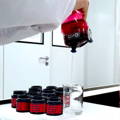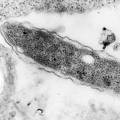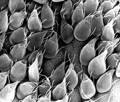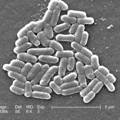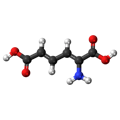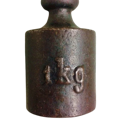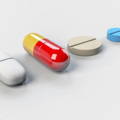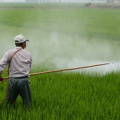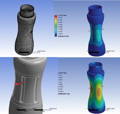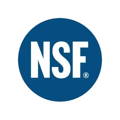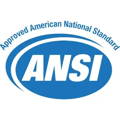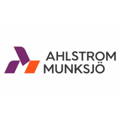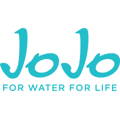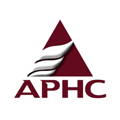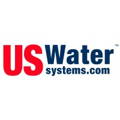Viruses
Viruses are the smallest forms of micro-organisms capable of causing disease, particularly those of faecal origin that are infectious to humans through waterborne transmission.
Some examples: Poliovirus, Norovirus, Rotavirus
Focus on Norovirus
The Norovirus genus is a class of infectious agent that is the most common cause of gastroenteritis in humans.
Focus on Bacteriophage MS2
Bacteriophages use bacteria as hosts for replication. Bacteriophage MS2 is a small virus that particularly infects E. coli. It has an RNA genome. Because of its small size and simplicity, it is often used in scientific research and to evaluate disinfection methods in the water industry.

Test conducted by
Ahlstrom Munksjö
Test conditions
Water contaminated with :
- Virus (Bacteriophage MS2) influent concentration of 105 or 106 per ml (influent = untreated raw water)
COA - Certificate of Analysis

 Contact us
Contact us
 FREE delivery on orders over €75
FREE delivery on orders over €75
 Delivery in 2 to 5 days
Delivery in 2 to 5 days
 Secure payment
Secure payment
 Official distributor
Official distributor

